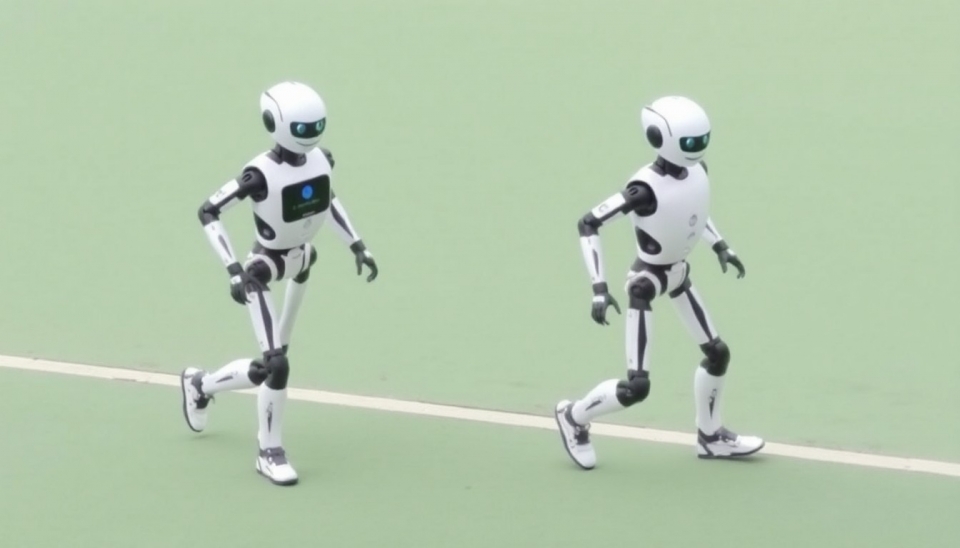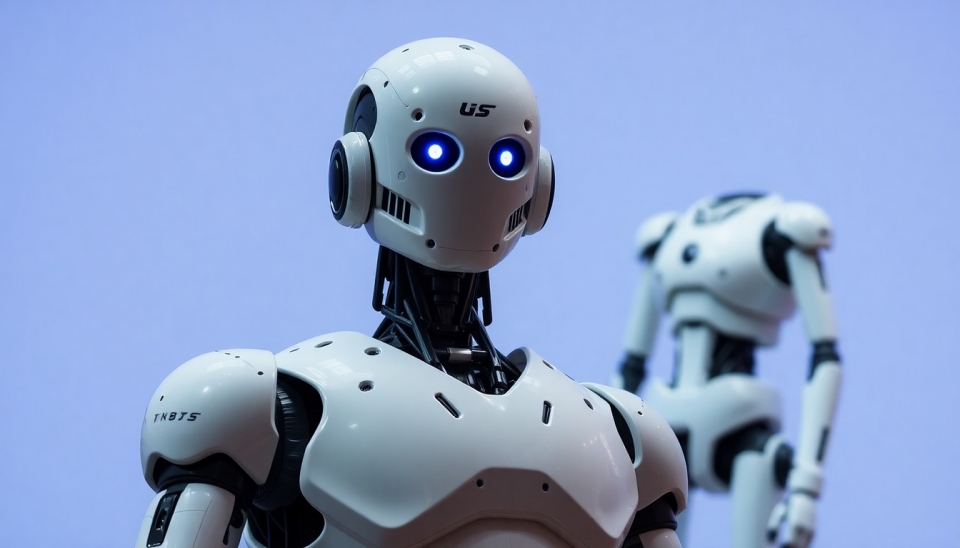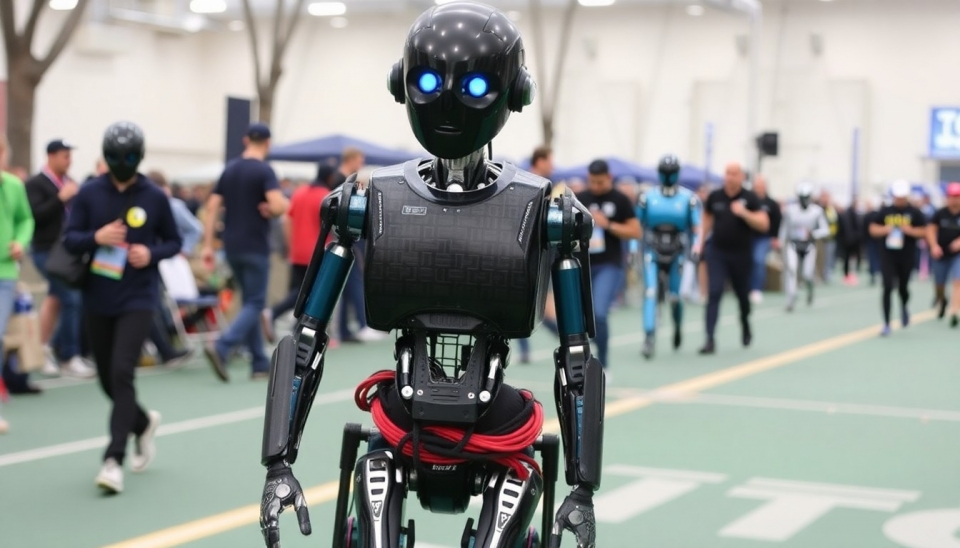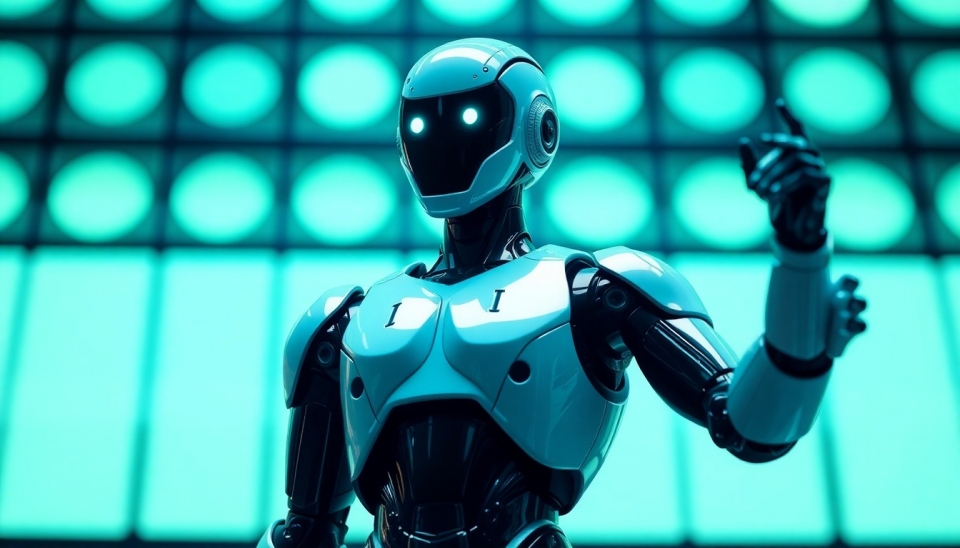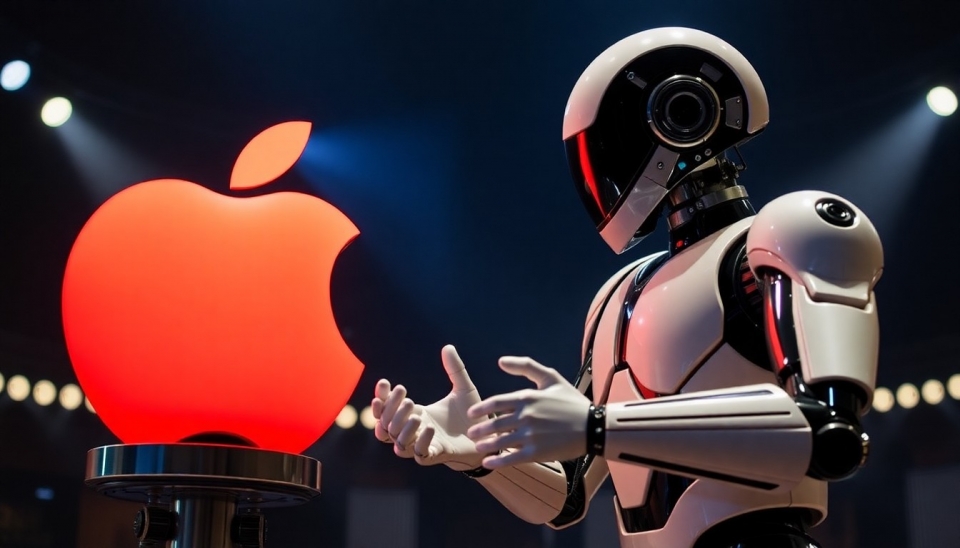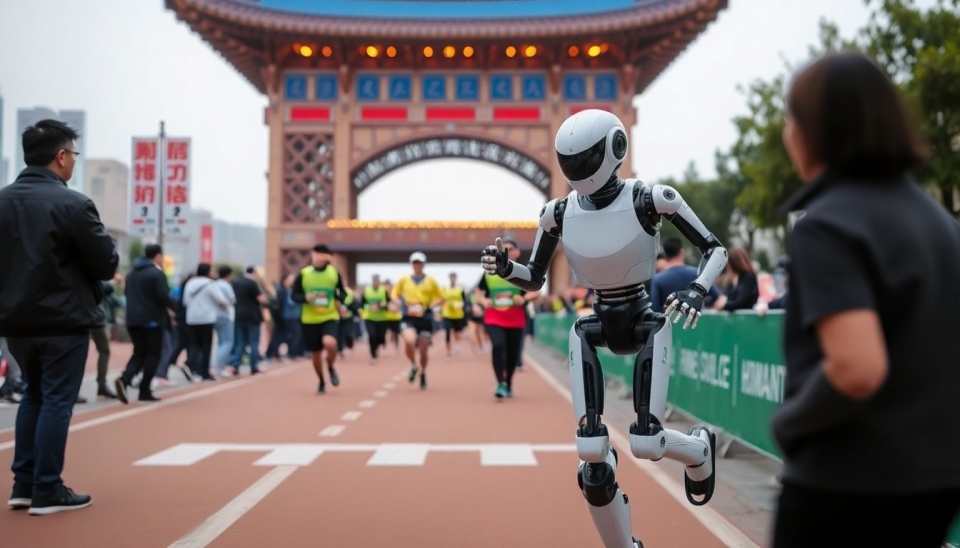
In an astonishing demonstration of technological advancement, humanoid robots participated in and completed a half marathon in Beijing, showcasing their growing capabilities in endurance and agility. This unprecedented event not only highlighted the rapid development in robotics but also stirred excitement about the future potential of humanoid machines in sports and daily tasks.
The marathon took place on April 19, 2025, attracting a large crowd of spectators eager to witness the robots in action. Engineers and roboticists from around the world gathered to see their innovations put to the test. The humanoid robots, equipped with advanced algorithms and sensors, displayed remarkable running techniques, resembling their human counterparts more closely than ever before.
The event emphasized not only the endurance of these robots but also their adaptability to varying terrains and conditions. Designed to navigate through complex environments, the robots successfully tackled the challenges posed by the half marathon’s course, which included uphill stretches and changing ground surfaces.
Organizers of the event expressed their enthusiasm, stating that the participation of humanoid robots in such physical challenges opens up new discussions about the role of technology in sports. They emphasized that these advancements could potentially lead to further innovations in training techniques, rehabilitation, and even competitive sports by integrating robotic assistance.
Notably, the success of the robots has raised questions about the future implications for human athletes. Many experts believe that as robotics technology continues to improve and integrate with sports sciences, we may see a shift in how competitions are conducted, with robots and humans potentially collaborating in training or even team-based events.
Such developments highlight the importance of interdisciplinary research between robotics, AI, and sports science. The collaboration among universities, research institutions, and tech companies becomes essential to understand and optimize these humanoid capabilities further.
As the crowd cheered for the robotic participants upon completion of the half marathon, it was evident that this event marks a significant milestone in the fusion of technology and athletics, setting the stage for future competitions and innovations in the field. The combination of robotics with athleticism may not only redefine sports but also challenge our perceptions of physical limitations.
#HumanoidRobots #BeijingMarathon #Robotics #Technology #Innovation #SportsScience #FutureAthletics
Author: John Miller
